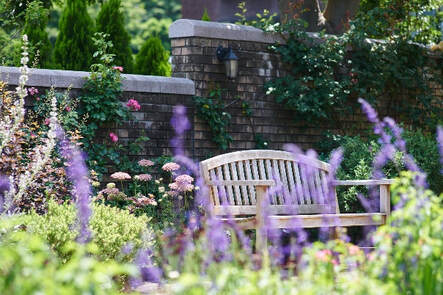Caring for our communities and our Co-Creation during the COVID-19 Crisis
Bees for Peace was originally envisioned as a peace network of feeding sites for bees. As bees visit each of the feeding sites, they connect the sites with their pollinating activity. Should the sites be at different religious communities, the bees act as messengers of peace, as they quite literally connect us all.
|
Normally, we would encourage you to create something like a “BEE Cause We Care” day at your faith community. Bee protection offers so many great opportunities for families and communities to work and celebrate together. However, since by far the best way to fight the corona virus pandemic is by practicing social distancing, these kinds of activities will have to wait until the current crisis is over. In the meantime, the bees cannot wait. In this time when human contact must be greatly reduced to keep us physically healthy, we need to think more imaginatively about creating and maintaining the contact that we all need for our mental and ecological health. Here are some suggestions:
|
- Planting a flower meadow can be done in a group as long as people keep 2 meters or 6 feet between them and others. Otherwise, the work can be done in shifts. Someone can document the shifts by creating videos and splicing them together to create a group picture.
- Once the flowers are planted, benches can be placed at discrete distances from each other. That way, community members can still communicate face-to-face – at 2 m distance – and can also enjoy the buzzing of the bees and the spectrum of blooming colors. This can help people feel less isolated and lonely.
- To create a peace network, community members can grow flowers at home and keep a log of the bees that visit. These logs can then be posted to a collective website and community members can trade notes.
- Other faith communities can be invited to participate in this network. Who knows? Maybe the participants will discover that the bees do indeed visit the different houses of worship, spreading both pollen and peace.
- A honey tasting can be arranged by each household buying a few different kinds of honey. Through chat groups on social media, people video-chat and exchange impressions of the honey.
- Community members can swap recipes online for desserts involving honey.
- An online tutorial on bees can be arranged for children, who can then draw pictures at home on what they have learned. These pictures can be uploaded to a common website.
- Community members can also place flowerpots for Bees for Peace in front of their homes or apartment buildings. These sites can be posted online to create a network that can be walked. Community members, especially parents with restless children at home, can get the kids out the door for some fresh air and exercise while tracing the path of Bees for Peace.


